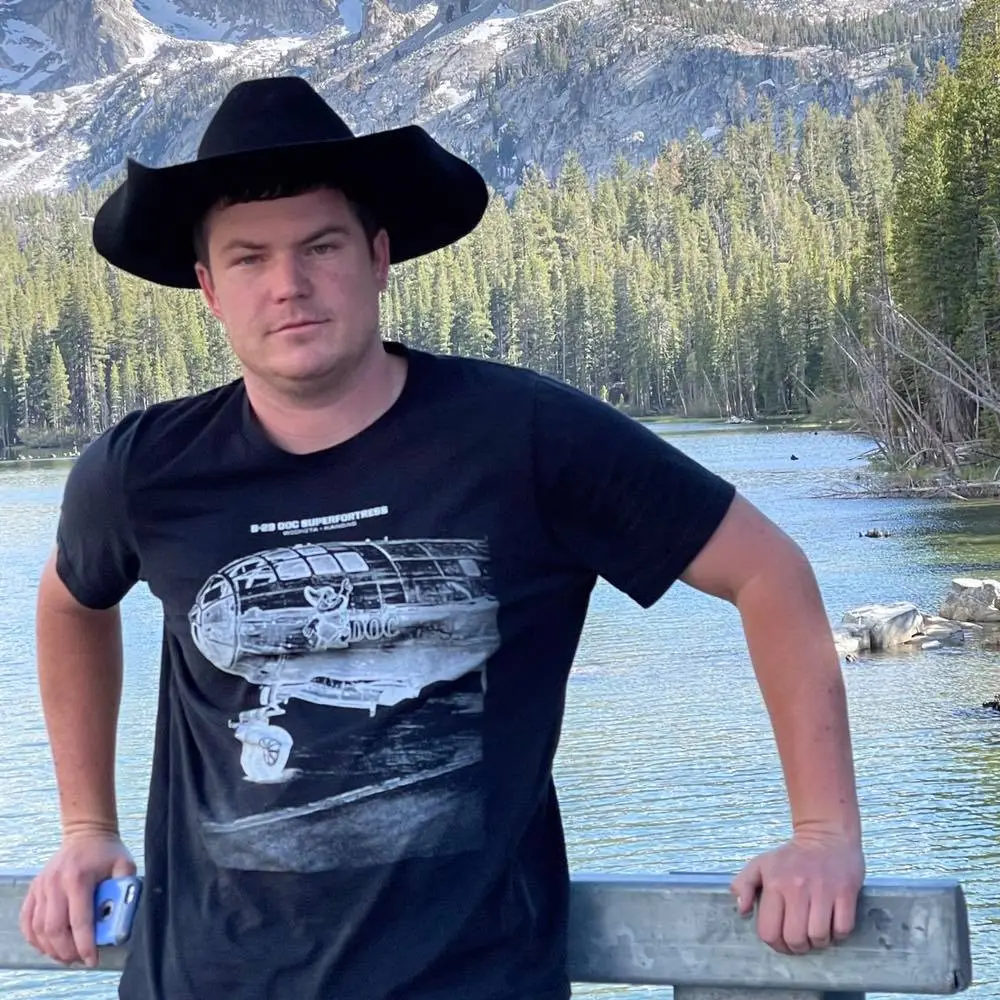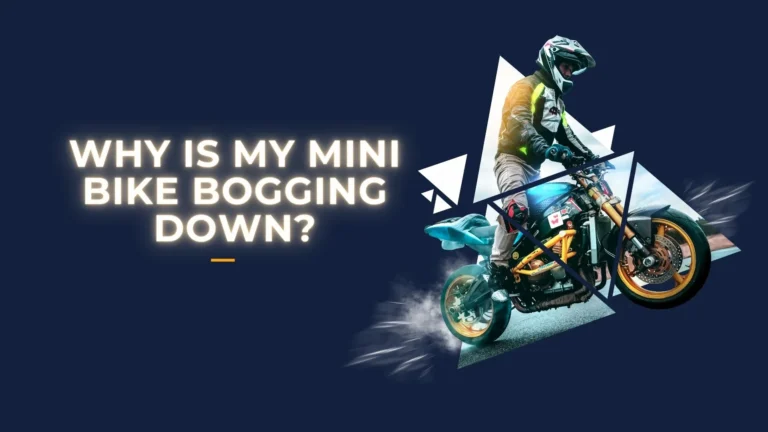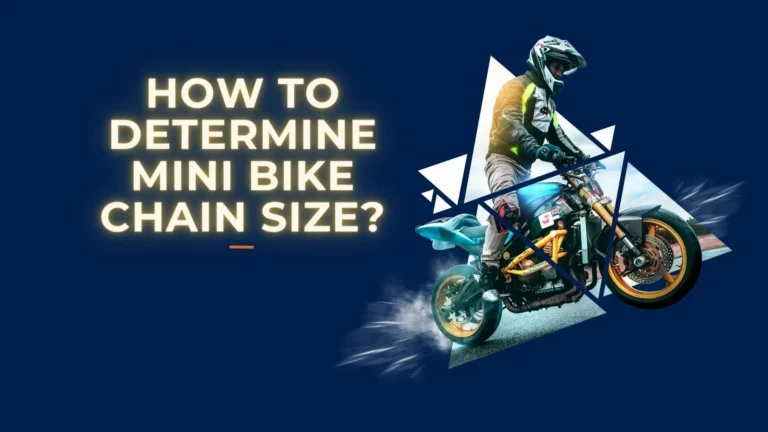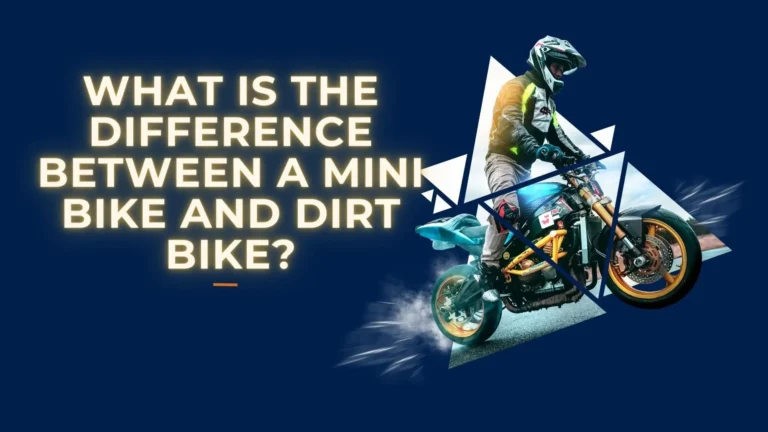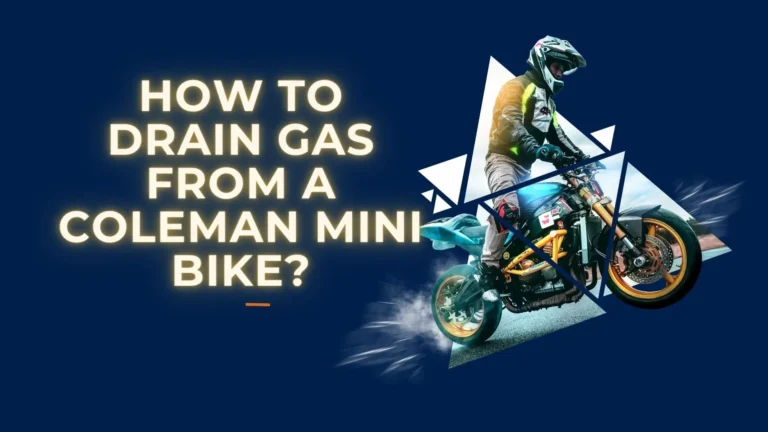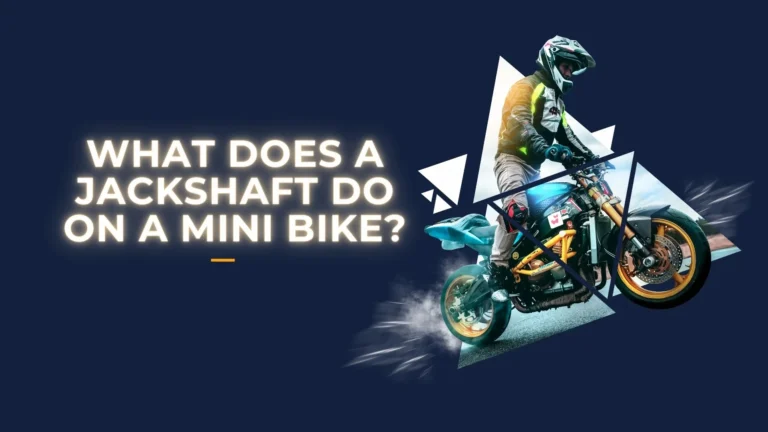Why Minibikes Are So Expensive?
Why are minibikes so expensive? Minibikes cost more because of small niche markets, customized engineering, premium parts, limited distribution, and higher profits.
Minibikes like the popular CT200U and those equipped with “Honda clone” engines have exploded in popularity among recreational riding enthusiasts across the United States in recent years.
This article explores the hidden reasons behind the lofty costs. The insights provide consumers a better grasp of minibike economics.
You’ll gain new appreciation for these pint-sized performers once the logic behind the premium pricing is revealed.
Let’s uncover the niche forces that make minibikes pricey yet worthwhile for adrenaline junkies.
Key Takeaways
- Minibikes operate in a niche recreational market with limited production scales, leading to high per unit costs.
- Creating high-performance minibikes requires extensive customized engineering and precision components.
- Minibike companies use premium aftermarket parts to optimize capabilities, which adds to the base cost.
- The target customer is a thrill-seeking enthusiast willing to pay more for excitement, novelty and performance.
- Specialty dealers catering to minibike aficionados have fewer outlets and add larger markups.
- With lower production volumes, minibike makers build in higher profit margins on each unit sold.
- While expensive upfront, minibikes deliver proportional value via their sophisticated engineering and extreme capabilities.
- For adrenaline junkie riders, the uniqueness and thrills of minibikes justify the high sticker prices.
Niche Market With Limited Production
Minibikes operate in a small, specialized recreational market compared to mainstream motorcycles. This niche status results in limited production volumes:
- Most minibike models are produced in runs of just hundreds or thousands of units per year.
- For comparison, major motorcycle manufacturers may produce hundreds of thousands of each model annually.
With fewer bikes produced, minibike companies face challenges:
- They cannot achieve the same economies of scale as mass-market manufacturers.
- The high engineering and production costs get spread across fewer units.
- This results in higher per unit costs for minibike companies.
As a result, the production volumes for minibikes are extremely low compared to standard motorcycles. Most mini bike models are produced in runs of just hundreds or several thousand units per year.
Without the benefits of large-scale mass production, the fixed costs get allocated across fewer total units, driving up the cost per individual bike.
Custom Engineering Requirements
Creating high-performance minibikes requires extensive customized engineering compared to mass-produced motorcycles.
- Minibike manufacturers invest heavily in research and development (R&D) to optimize the compact size and capabilities.
- The small frames require specialized manufacturing techniques tailored specifically to minibikes.
Key areas like the suspension and frame geometry require meticulous precision design:
- Inverted front forks that place the shock-absorbing mechanism above rather than below the front axle. This allows greater wheel travel and suspension performance in a tiny package.
- The rear swingarms and mono-shock suspensions are also specially engineered to maximize travel within mini frames.
- Every aspect of the minibike components and assembly caters to delivering scaled-down power in a pint-sized package.
In short, intensive R&D and precision engineering is essential to building a high-performance minibike, adding to production costs.
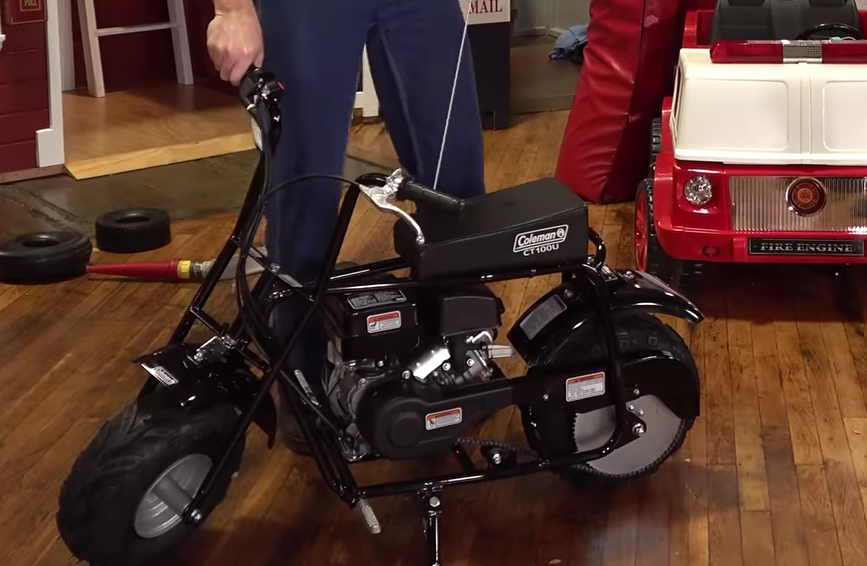
Use of Premium Components
Unlike basic motorcycles, minibike companies outfit their bikes with high-end customizable aftermarket parts.
- The suspension uses premium components like:
- Adjustable-rate shocks for dialing in rebound/compression
- Steel-braided brake lines for increased stopping power
- Racing tires, aluminum rims, high-performance exhausts also boost power.
- The wheels and tires are upgraded to models designed for racing and extremes.
- High-performance options like big bore kits and exhausts boost power.
- Users can easily customize the bikes by adding premium billet aluminum parts.
Overall, these aftermarket parts help optimize minibike capabilities but add significantly to the base cost compared to standard OEM components on basic motorcycles.
Targeted at Enthusiast Market Willing to Pay More
Unlike basic transportation, minibikes appeal specifically to recreational thrill-seekers looking for excitement.
- Adrenaline junkies are drawn to minibikes for their novelty, customization potential, and extreme performance.
- Enthusiasts cherish the experience of tackling jumps, trails, mud pits, and technical riding conditions.
- For these riders, power and speed are more important than practicality.
- They desire a specialty high-performance machine rather than a utilitarian bike.
“I bought my mini bike for pure fun. Who cares what it costs when you factor in the thrills it brings?”
John Brayn., a mini bike enthusiast.
This differentiated demographic supports the premium pricing, as they value the excitement and status of minibike ownership. The targeted enthusiast market is willing to pay more for these specialty thrillcraft.
Limited Distribution Channels
Minibikes have more limited distribution channels compared to mass-market motorcycles:
- They are primarily sold through smaller specialty dealers catering to off-roading and motorsports niche segments.
- These retailers focus on accessories and custom builds rather than high volumes.
- With fewer outlets selling them, minibike supply is restricted.
- Dealers can charge larger markups on minibikes given the specialty enthusiast demand.
- Limited options for purchases support dealers marking up prices versus mainstream motorcycles sold at nationwide chains.
In summary, the limited distribution outlets available for minibike sales contribute to the elevated pricing for consumers.
Higher Profit Margins for Manufacturers
Given their small production volumes, minibike manufacturers aim for higher per-unit profit margins:
- Rather than pursuing maximum sales, companies focus on optimizing earnings on each bike.
- They purposely keep production lower based on the niche enthusiast market.
- The limited runs result in higher pricing to generate profits from a smaller customer base.
- Large motorcycle makers pursue volume discounts – minibike companies embrace volume premiums.
- The niche status allows padding pricing due to committed thrill-seeking buyers.
In essence, minibike producers build in sizable profit margins knowing overall sales will be lower. The premium pricing maximizes earnings from their selective recreational appeal.
Conclusion
While minibikes carry premium price tags, a closer look reveals logical economic forces are at play. Companies operate in a niche recreational market with limited distribution channels and production runs. Custom engineering and high-performance components optimize these bikes for thrills over utility.
Given the small-batch manufacturing, high per-unit margins make sense for producers and support ongoing innovation. For committed enthusiasts, the sophistication and excitement of minibikes justifies the cost.
While expensive compared to mainstream motorcycles, minibikes deliver proportionally impressive capabilities for their size that help justify the elevated pricing. These small bikes boast performance on par with or exceeding full-sized dirt bikes thanks to quality engineering and components. Their acceleration, handling, suspension travel, and top speeds belie their pint-sized frames.
In the end, minibikes are expensive because they are finely tuned, customized machines – but that premium engineering delivers outsized fun for thrill-craving riders.
